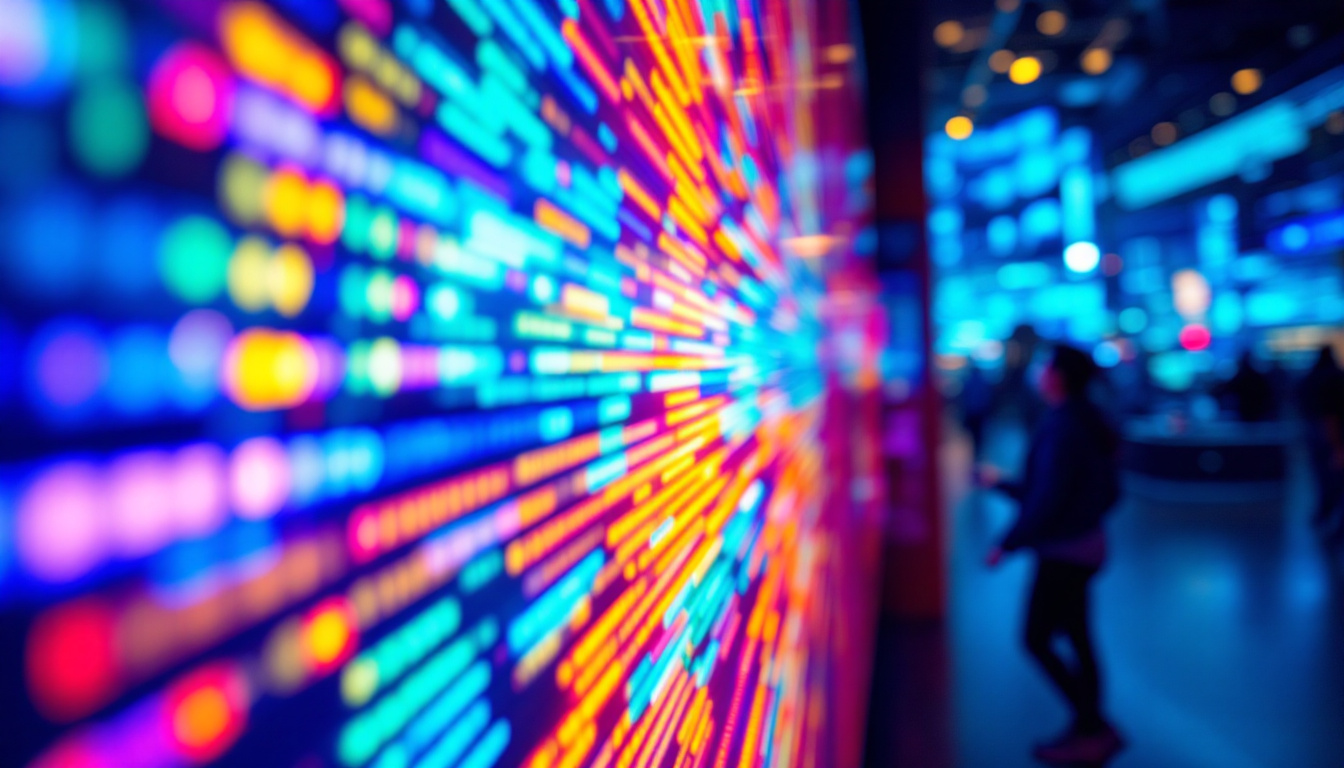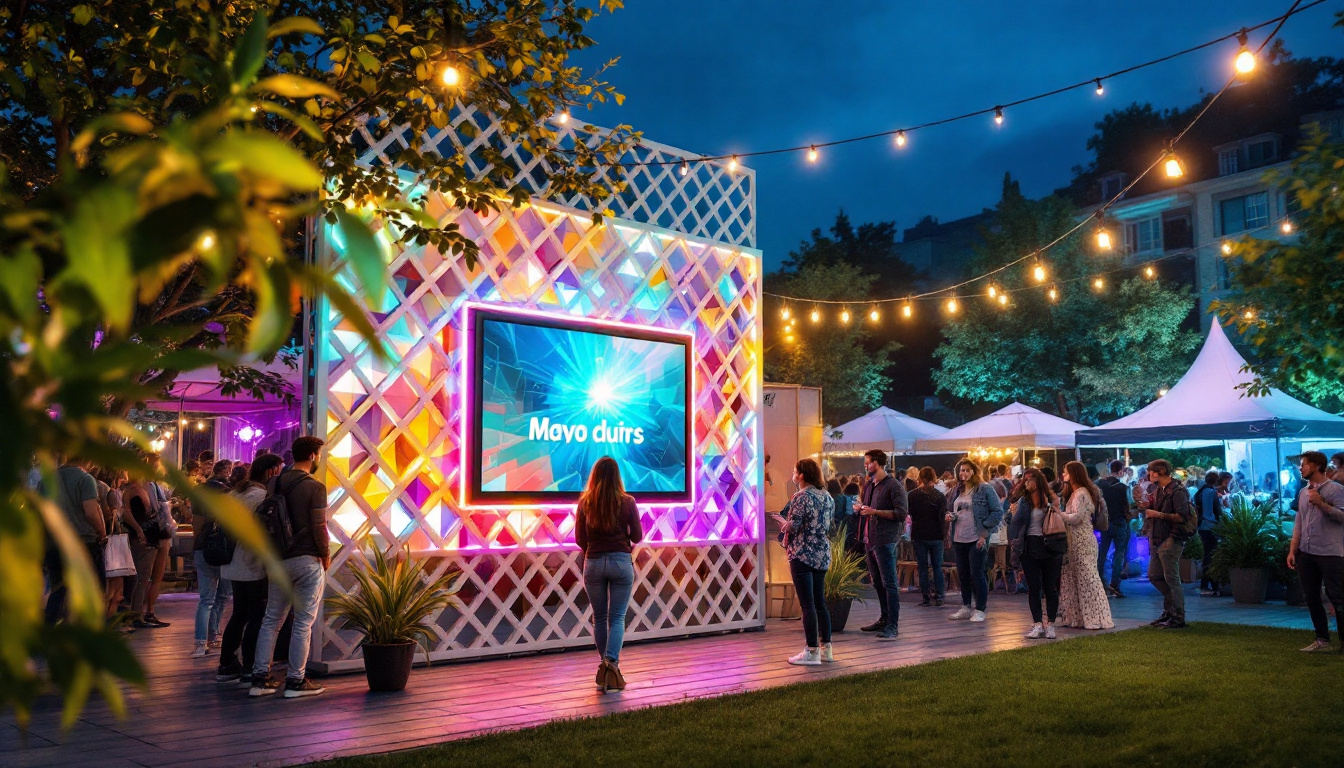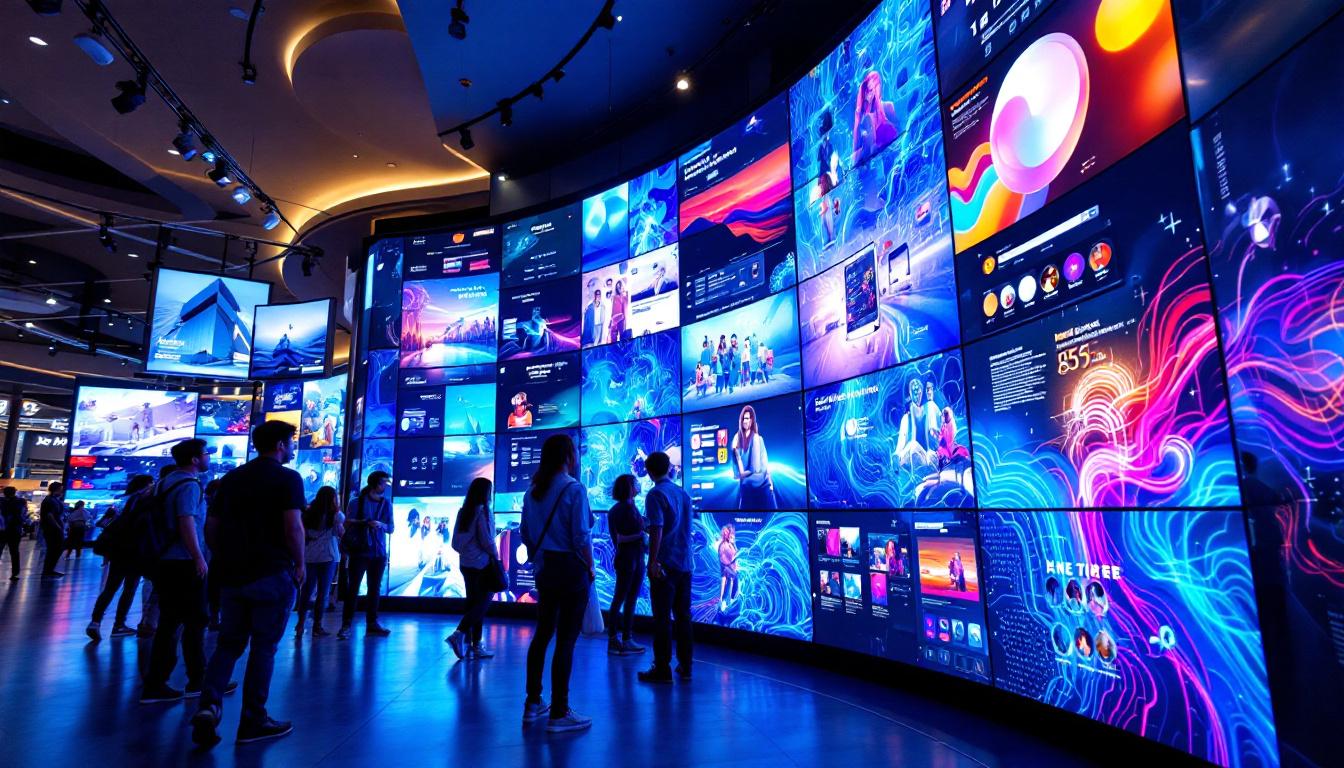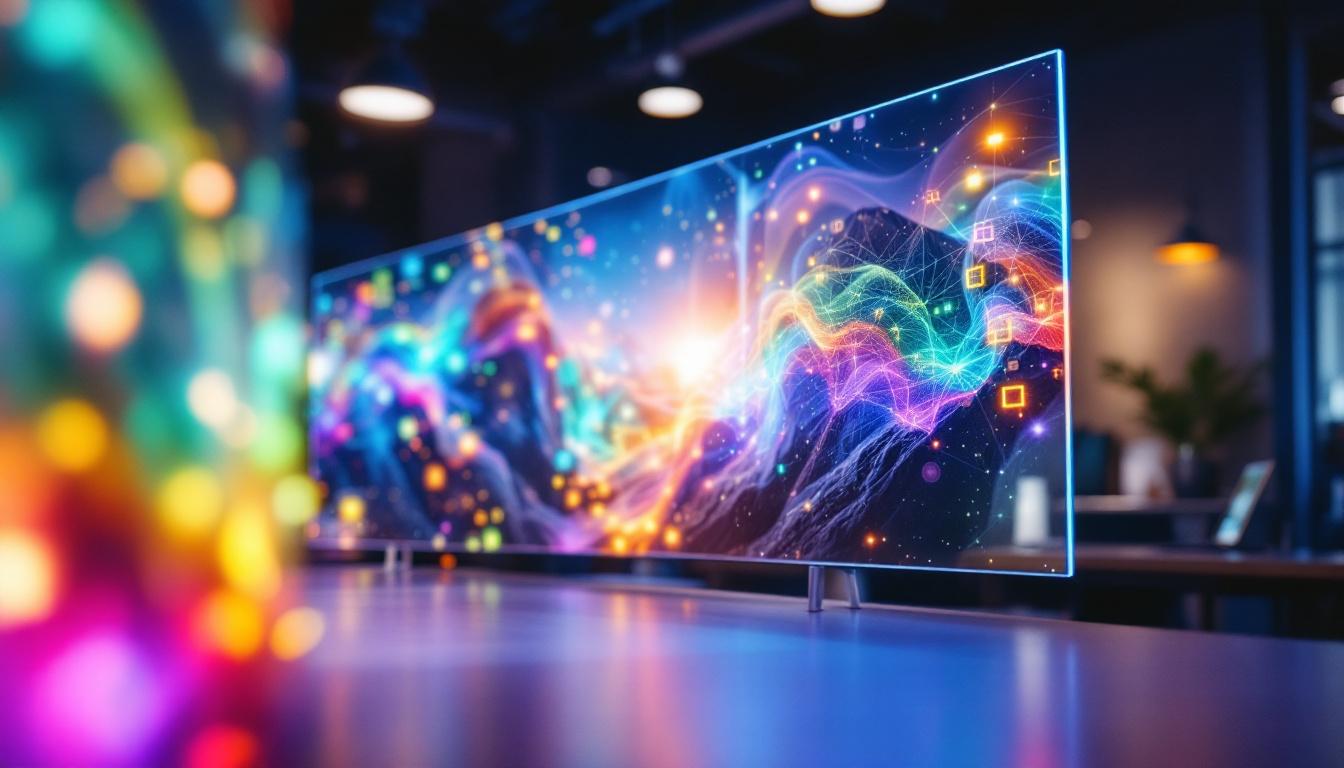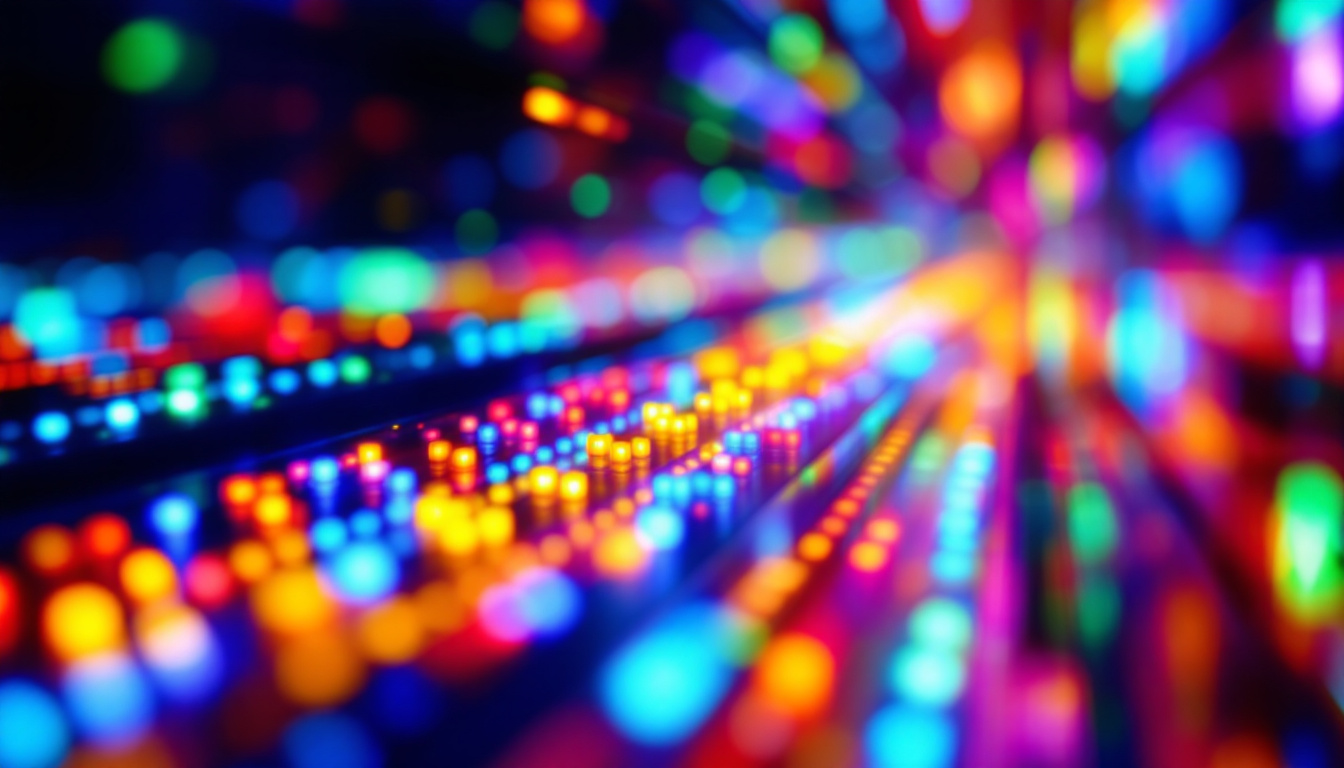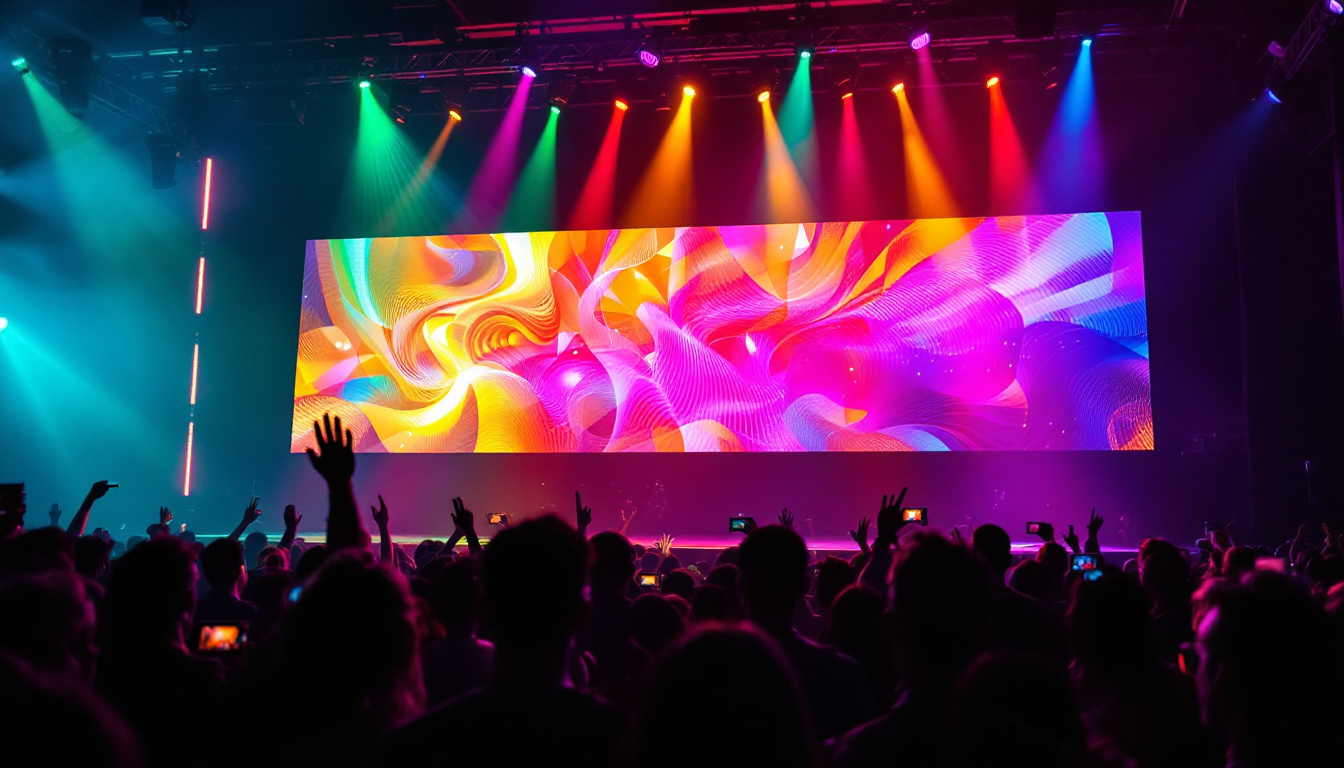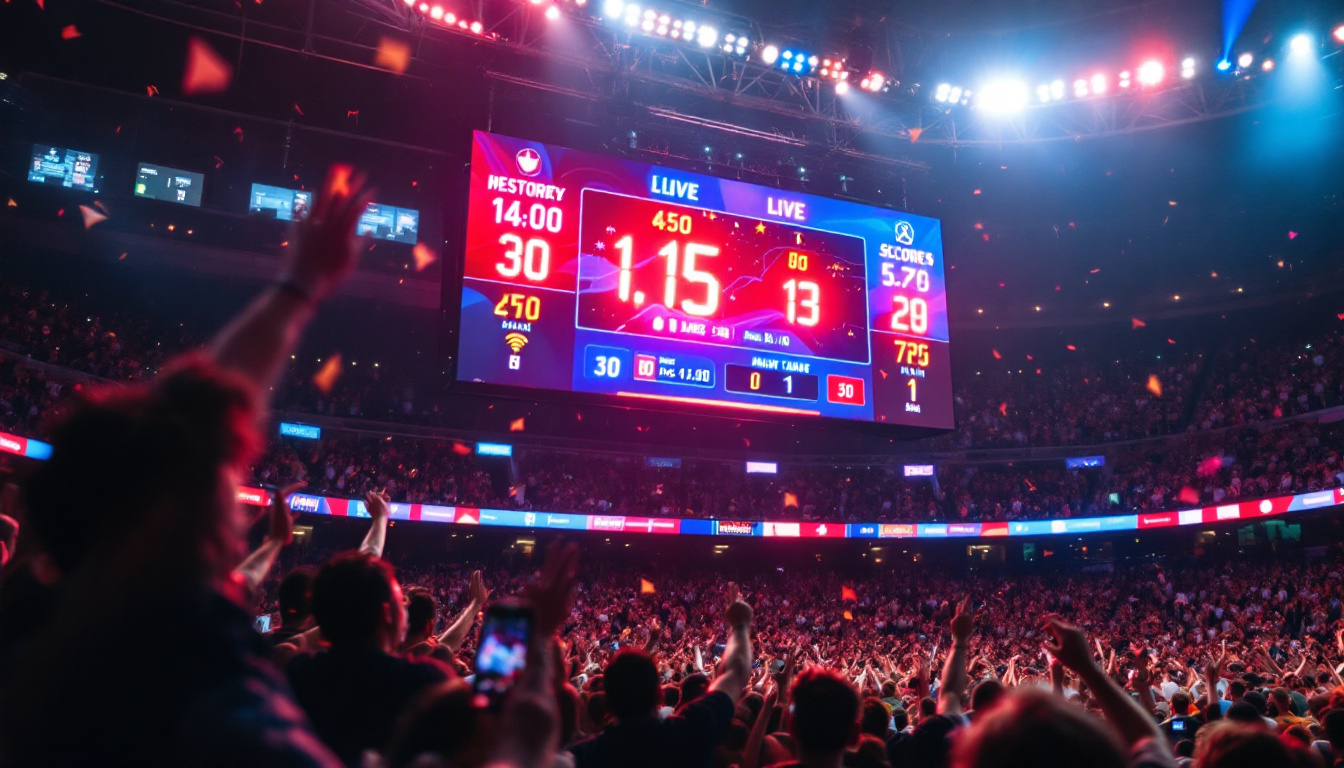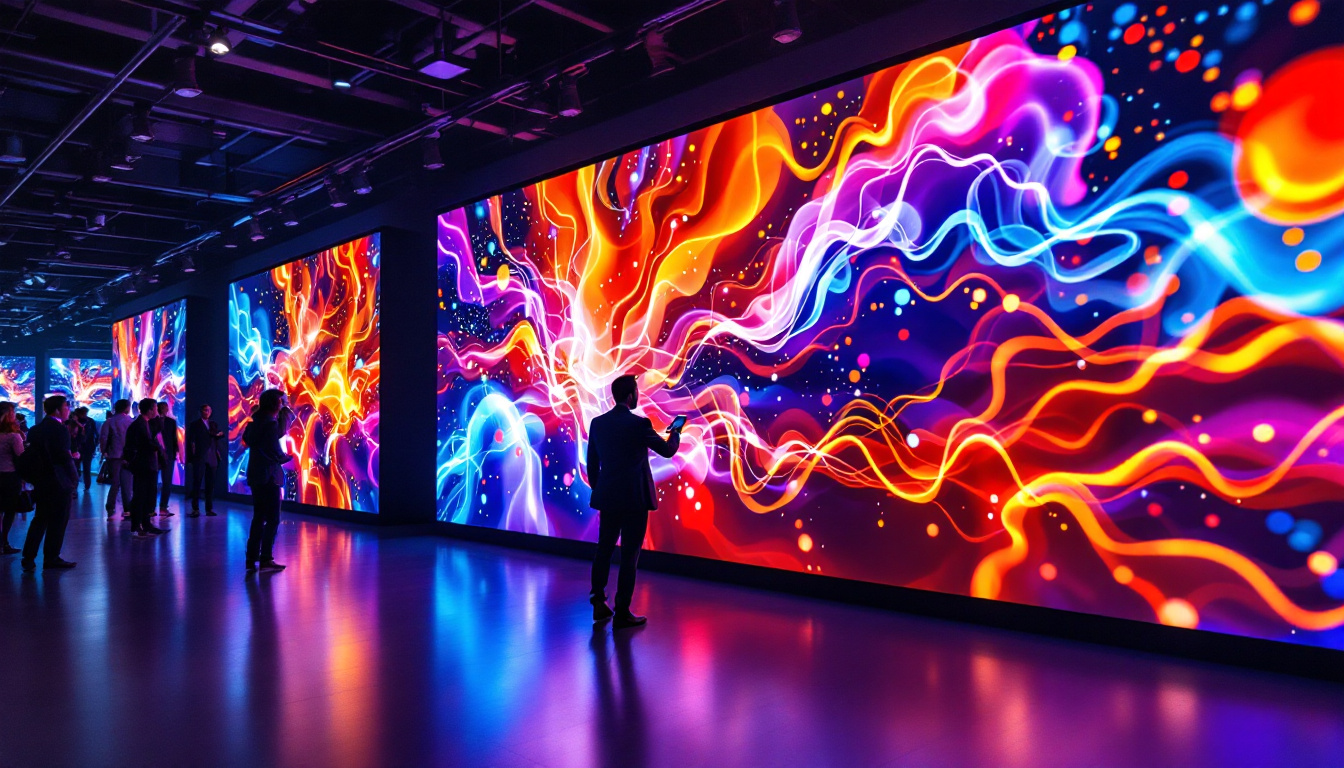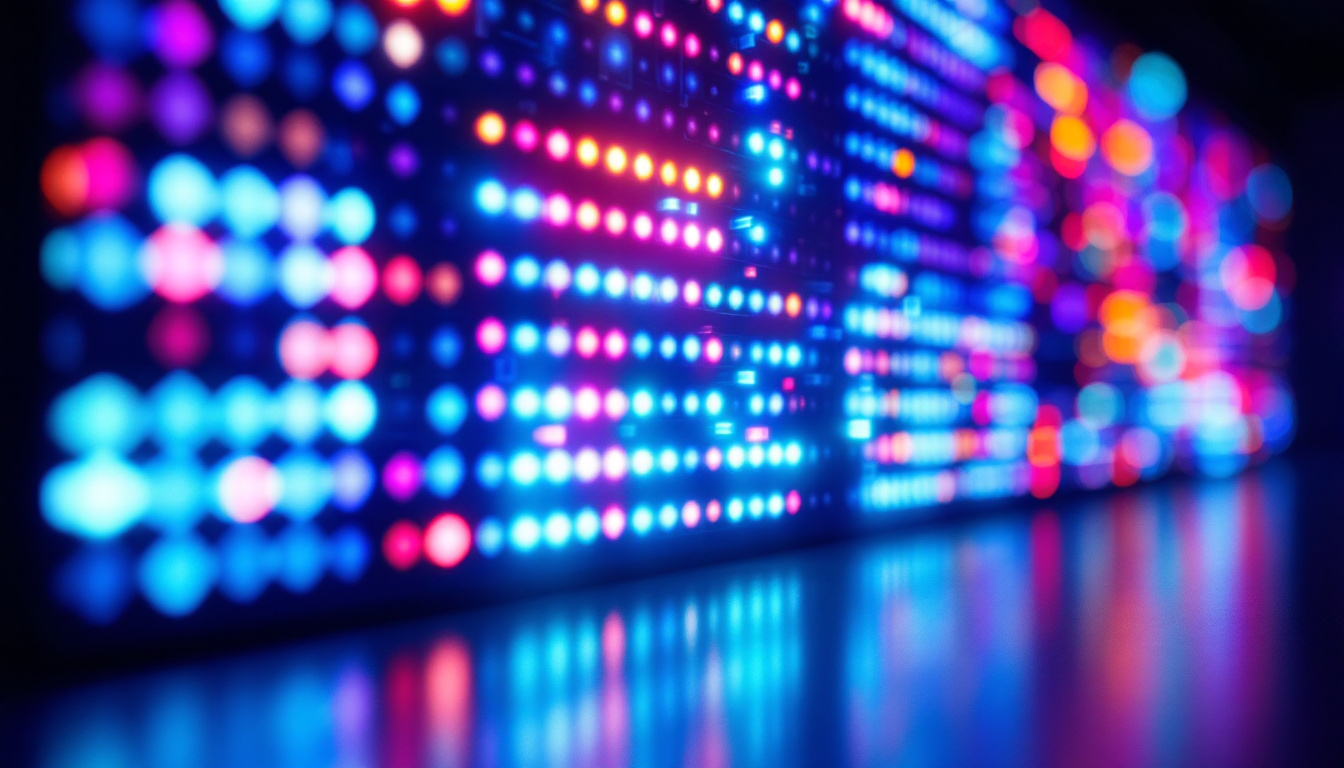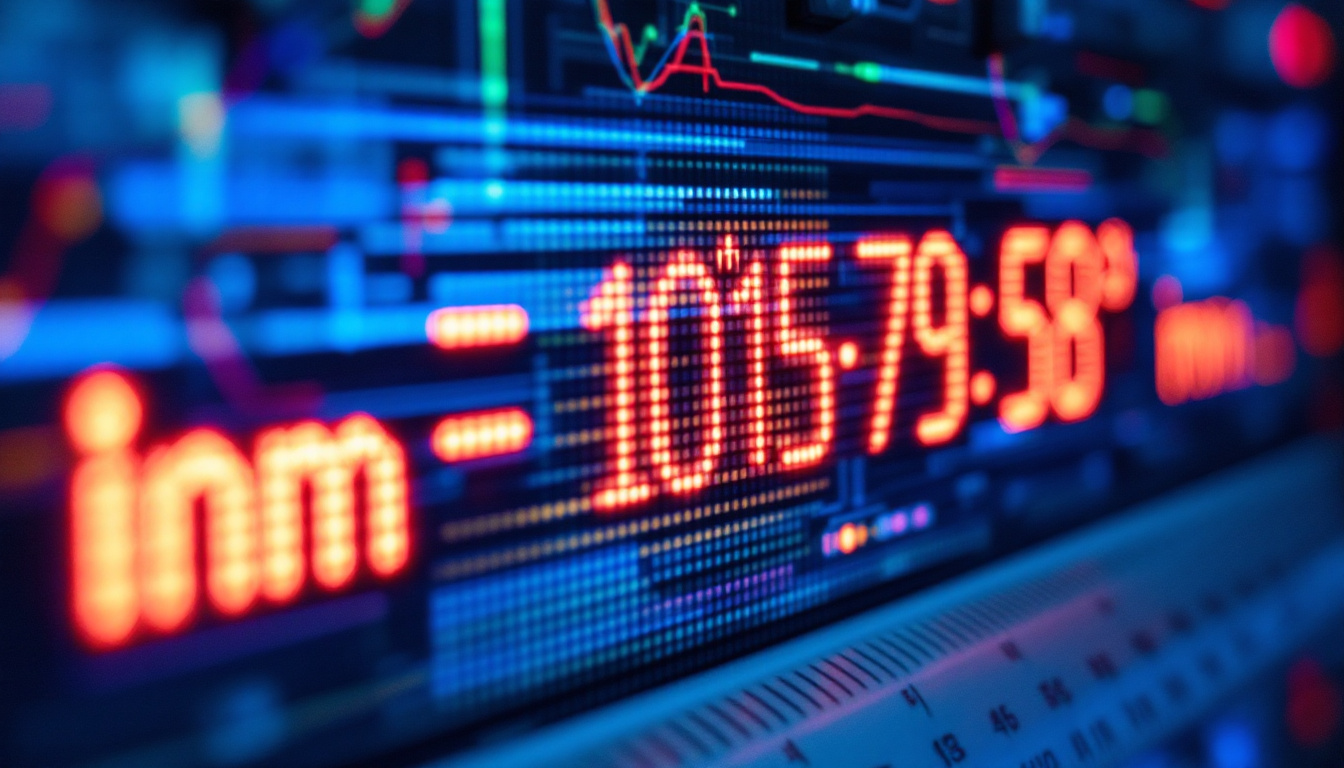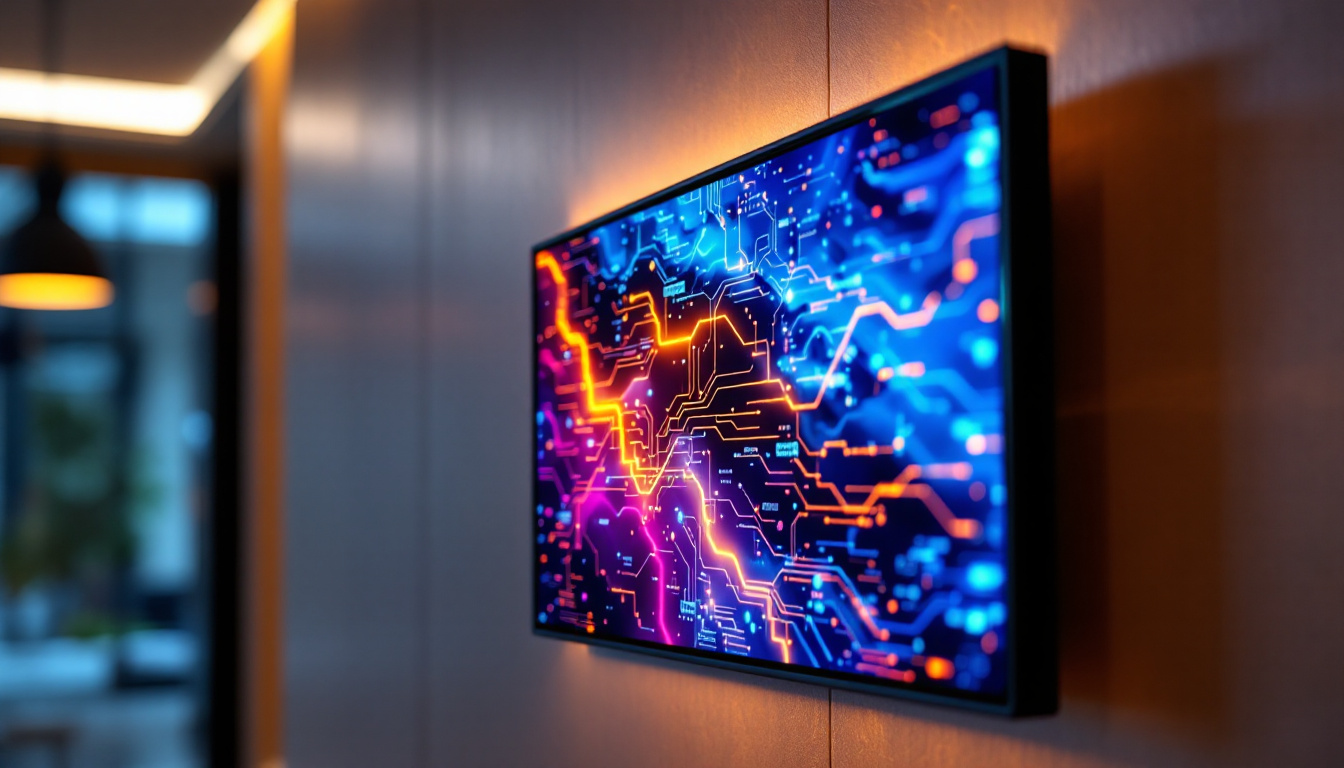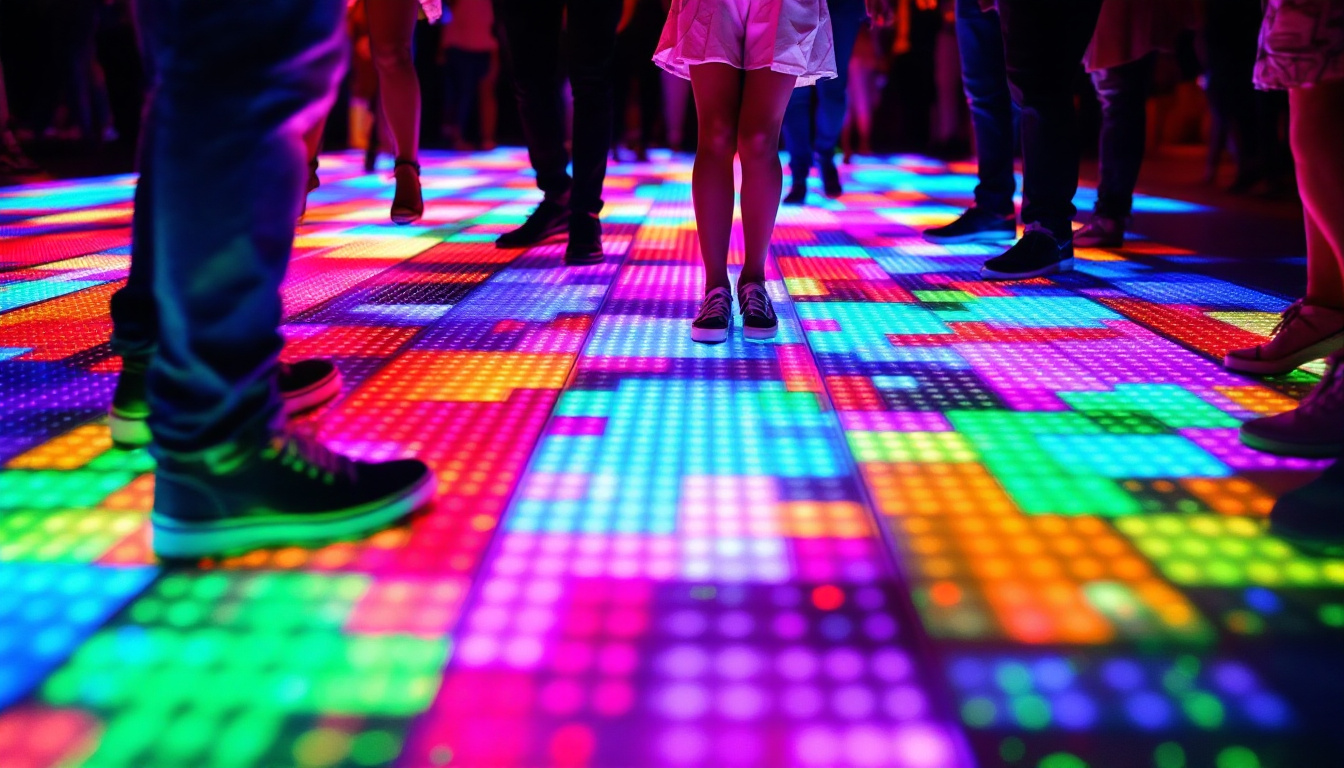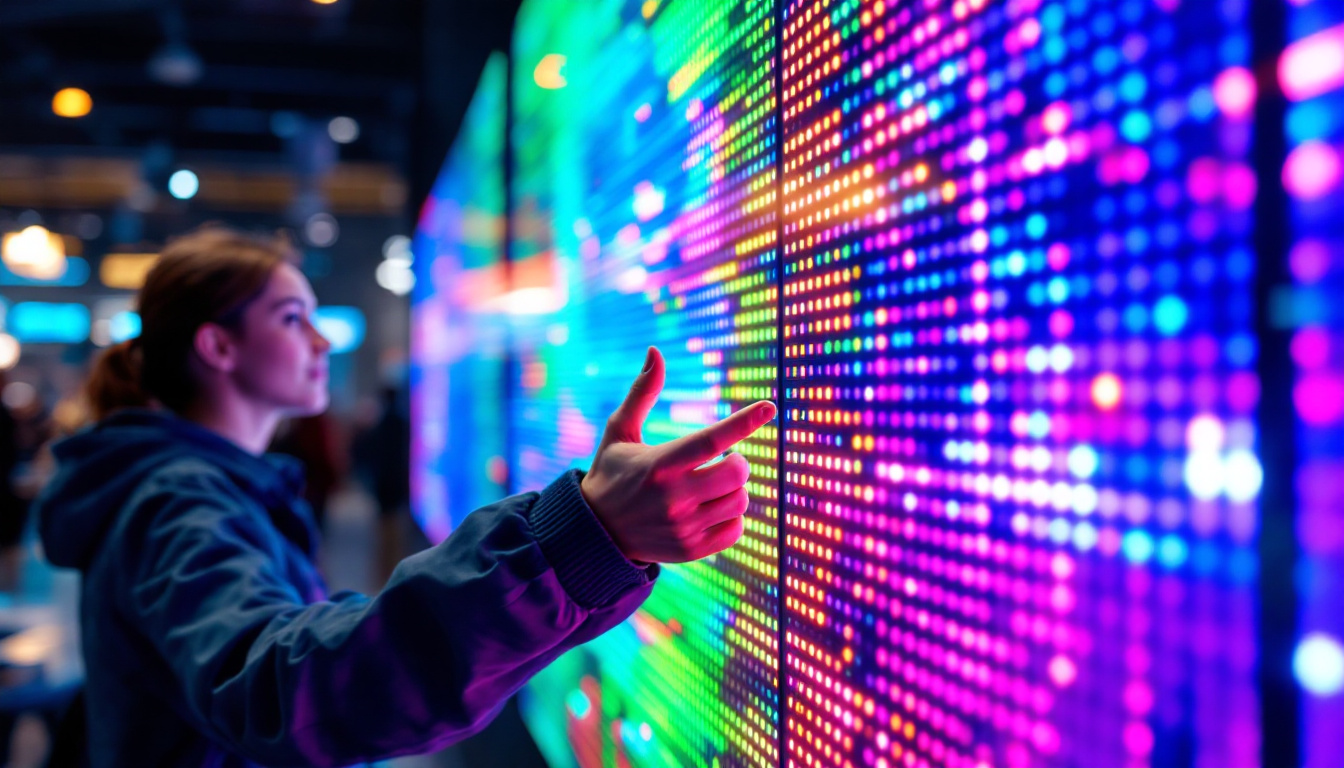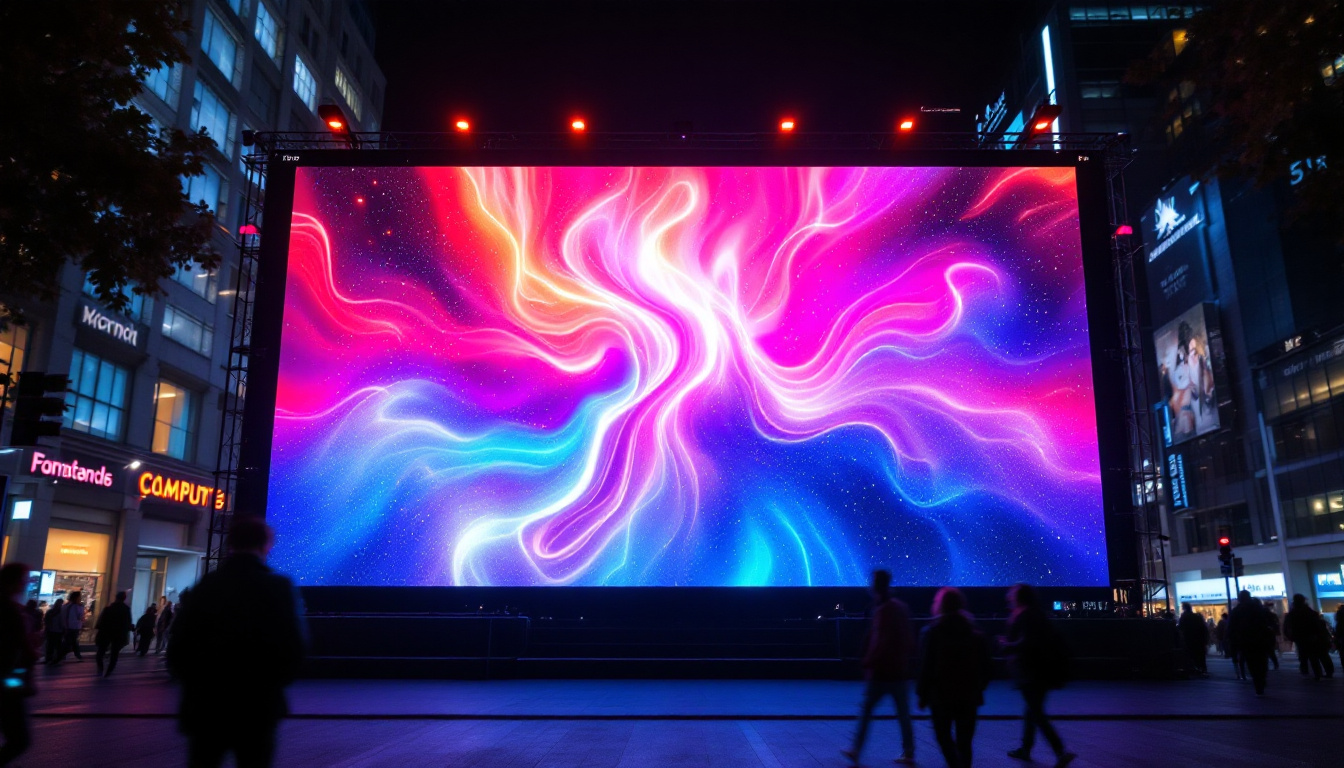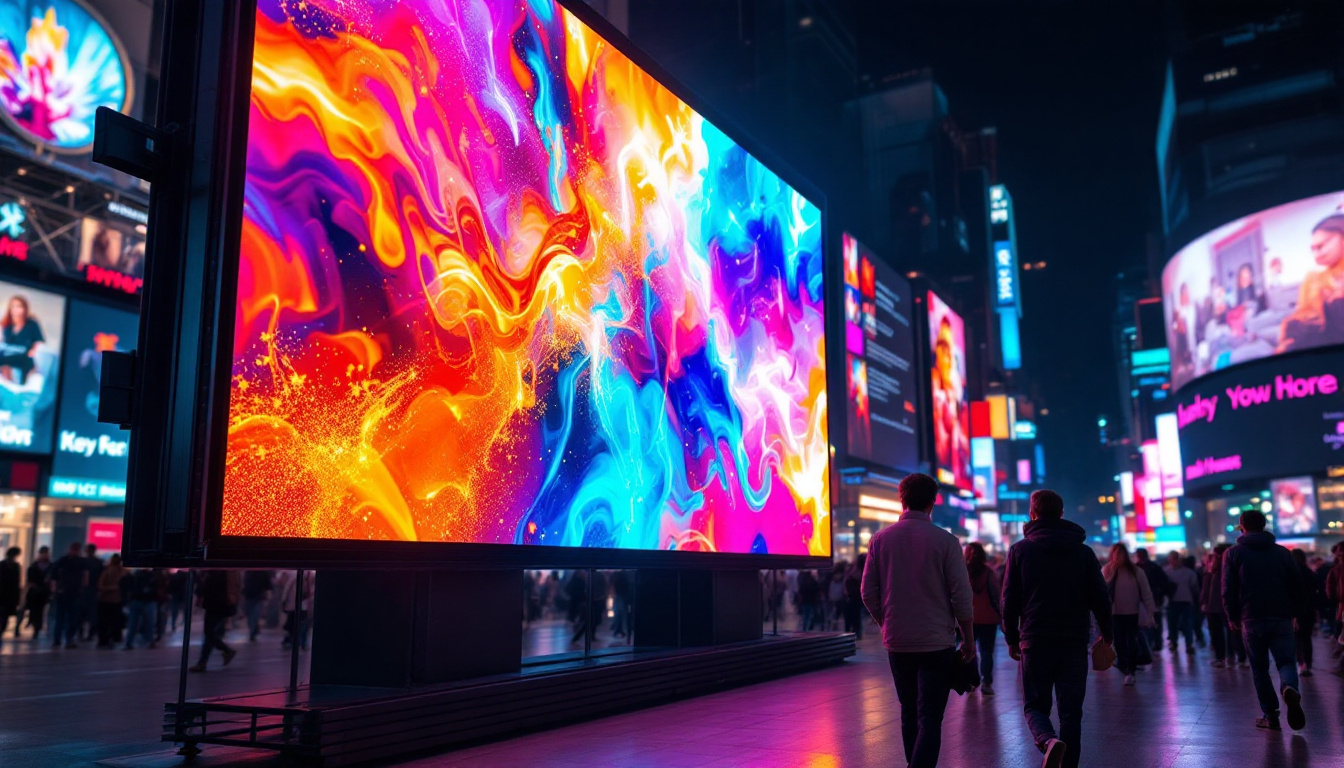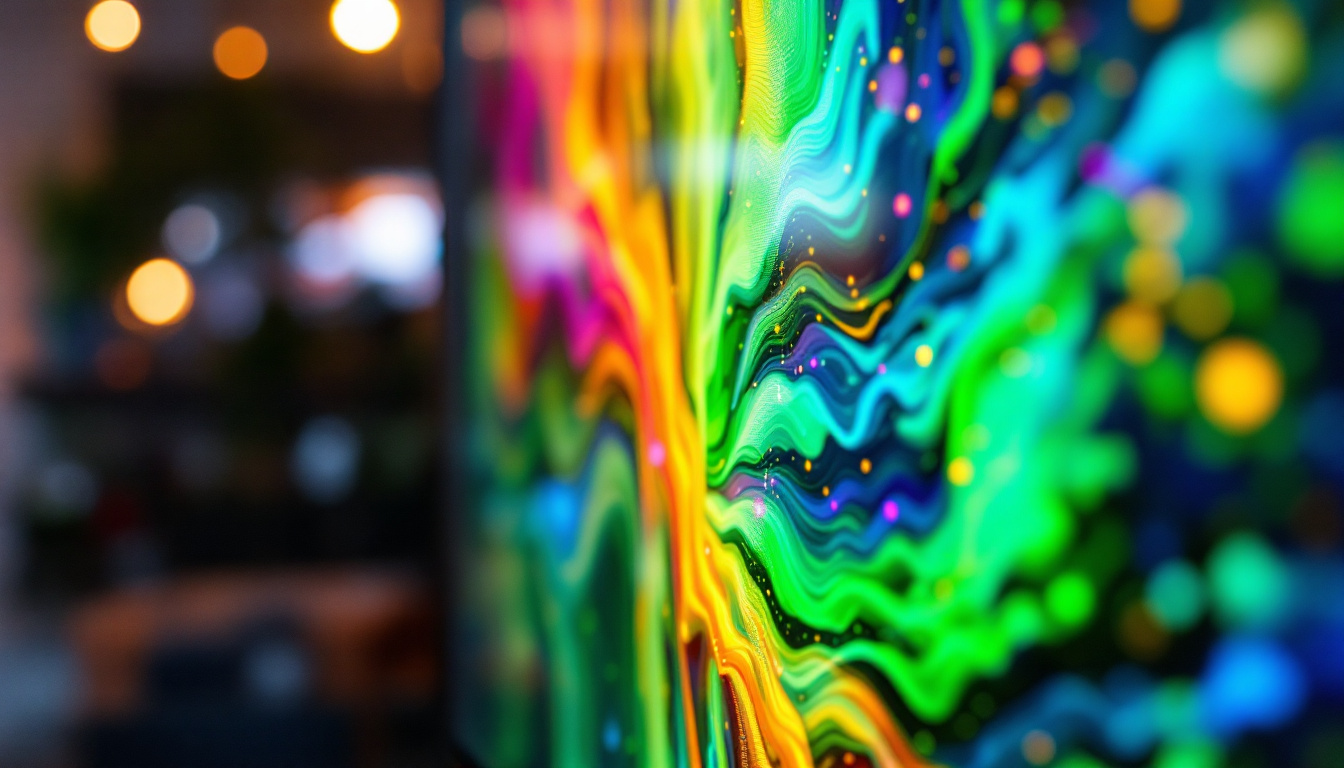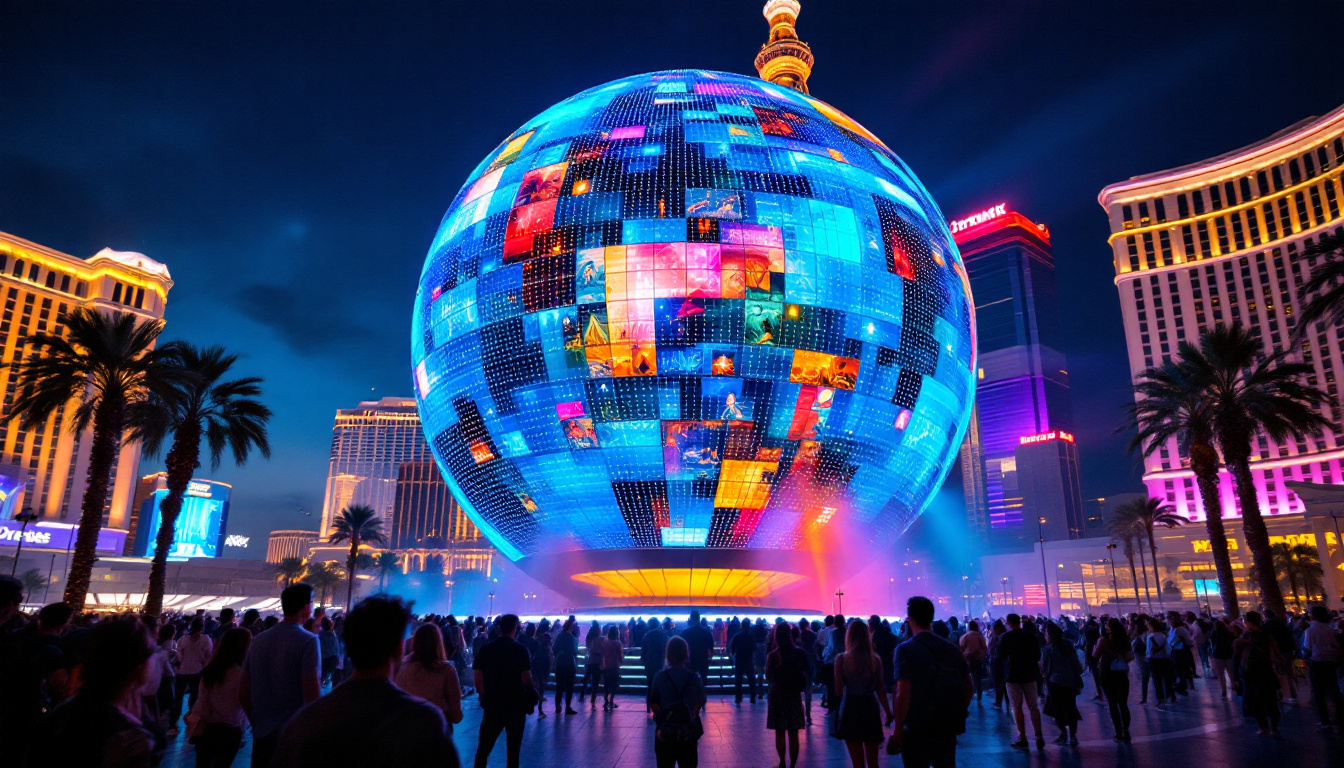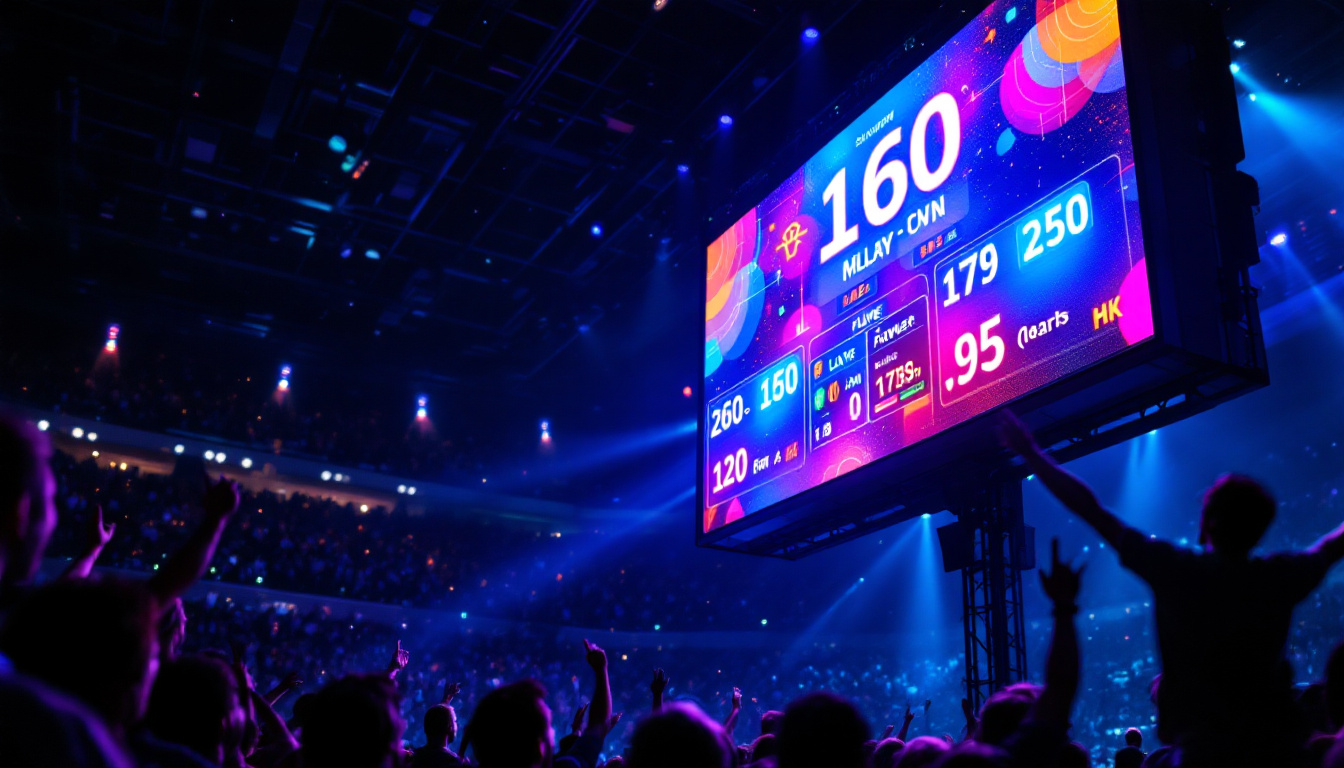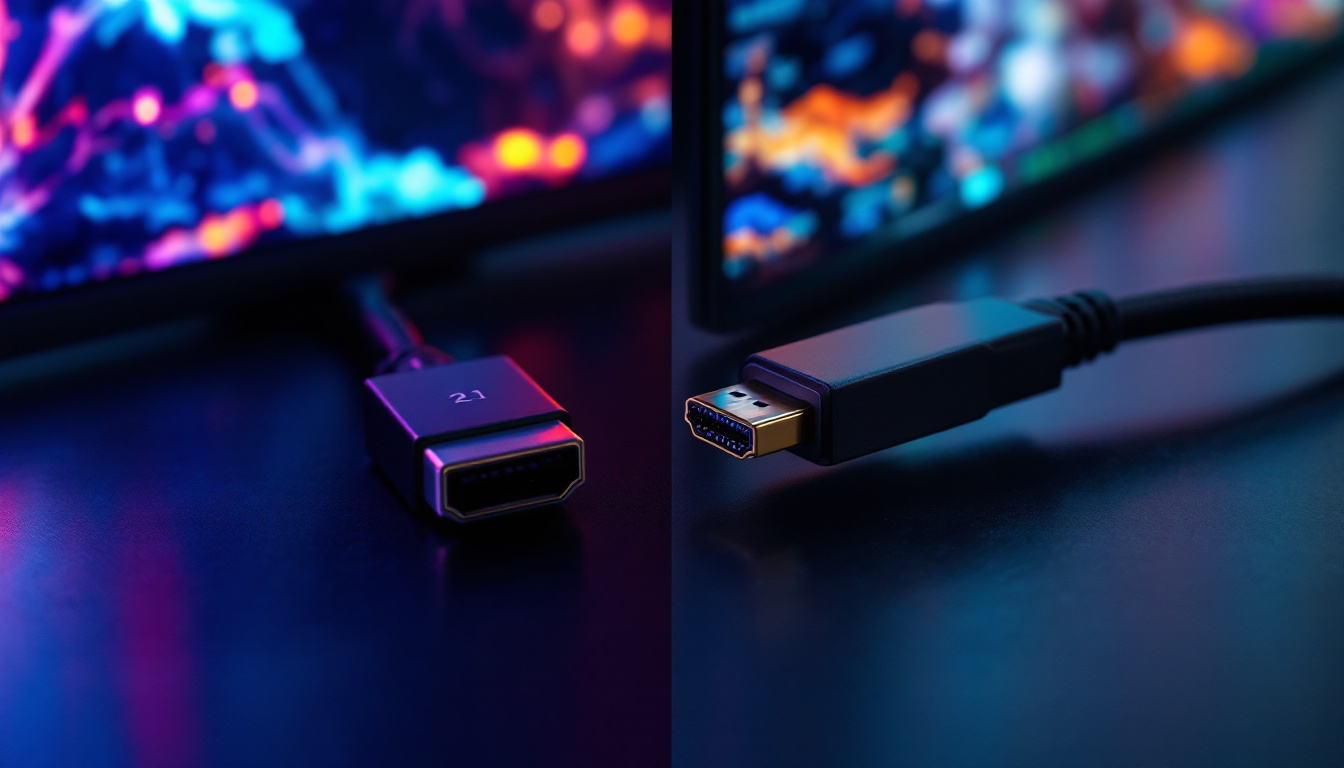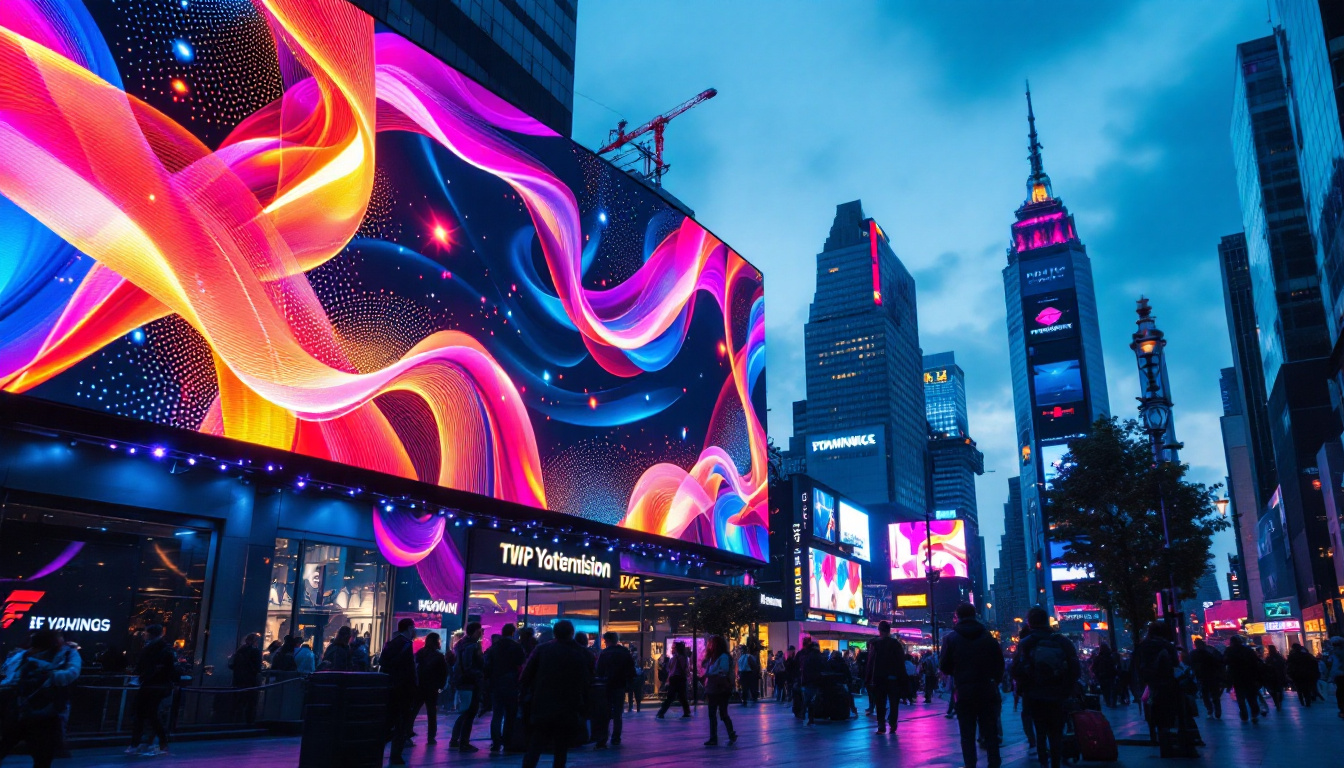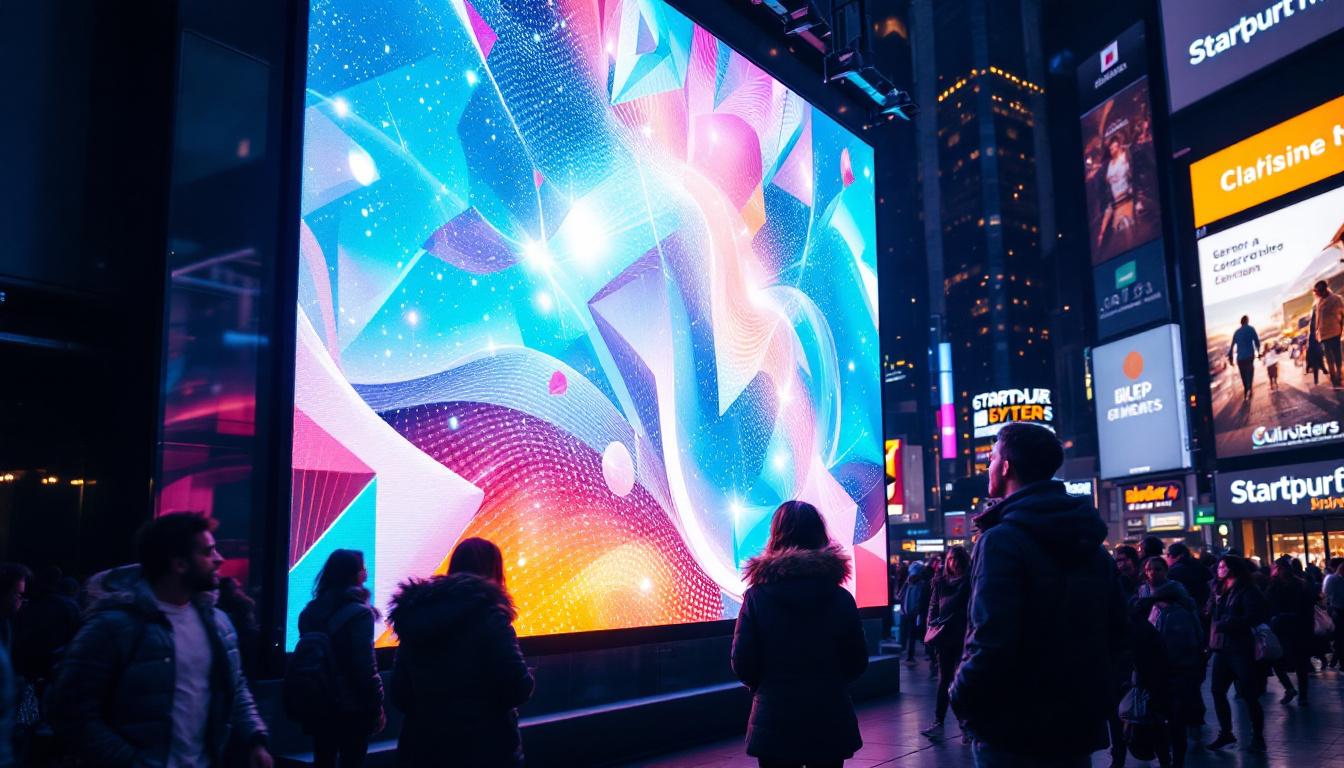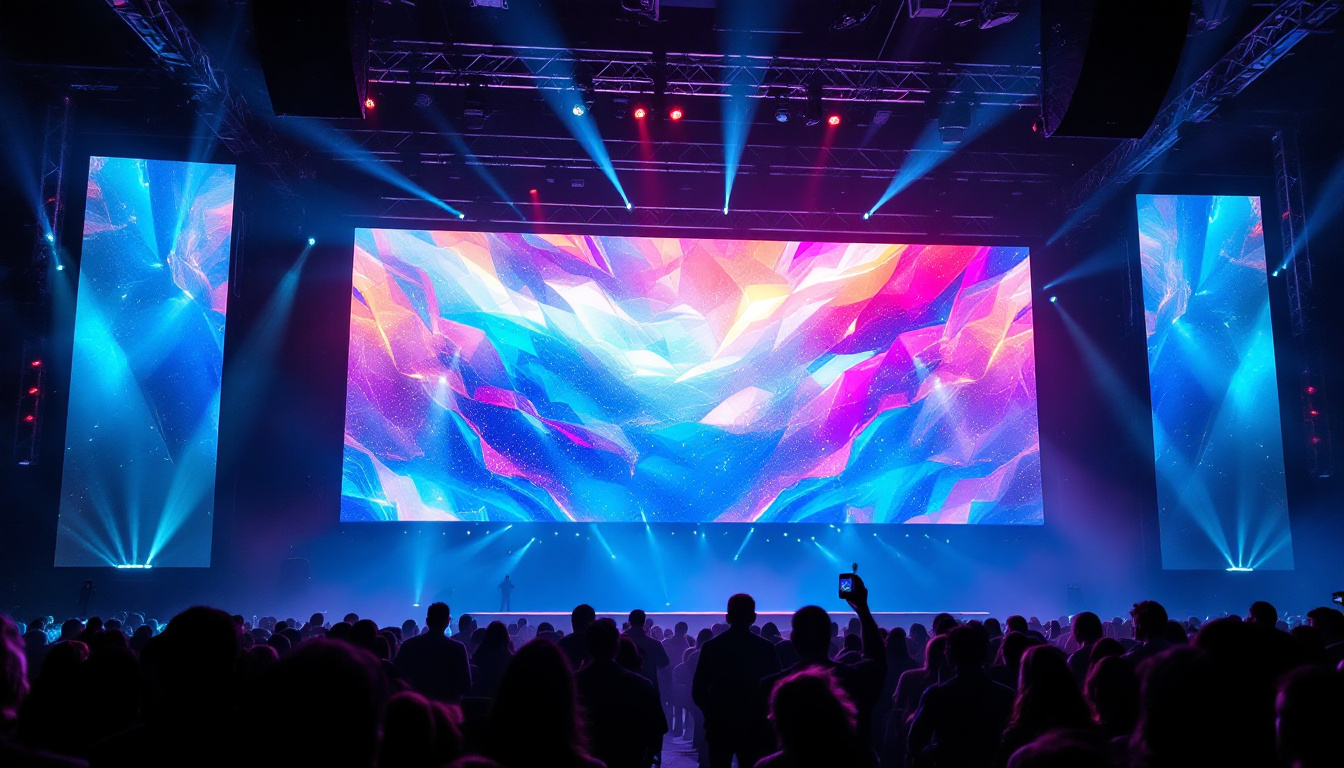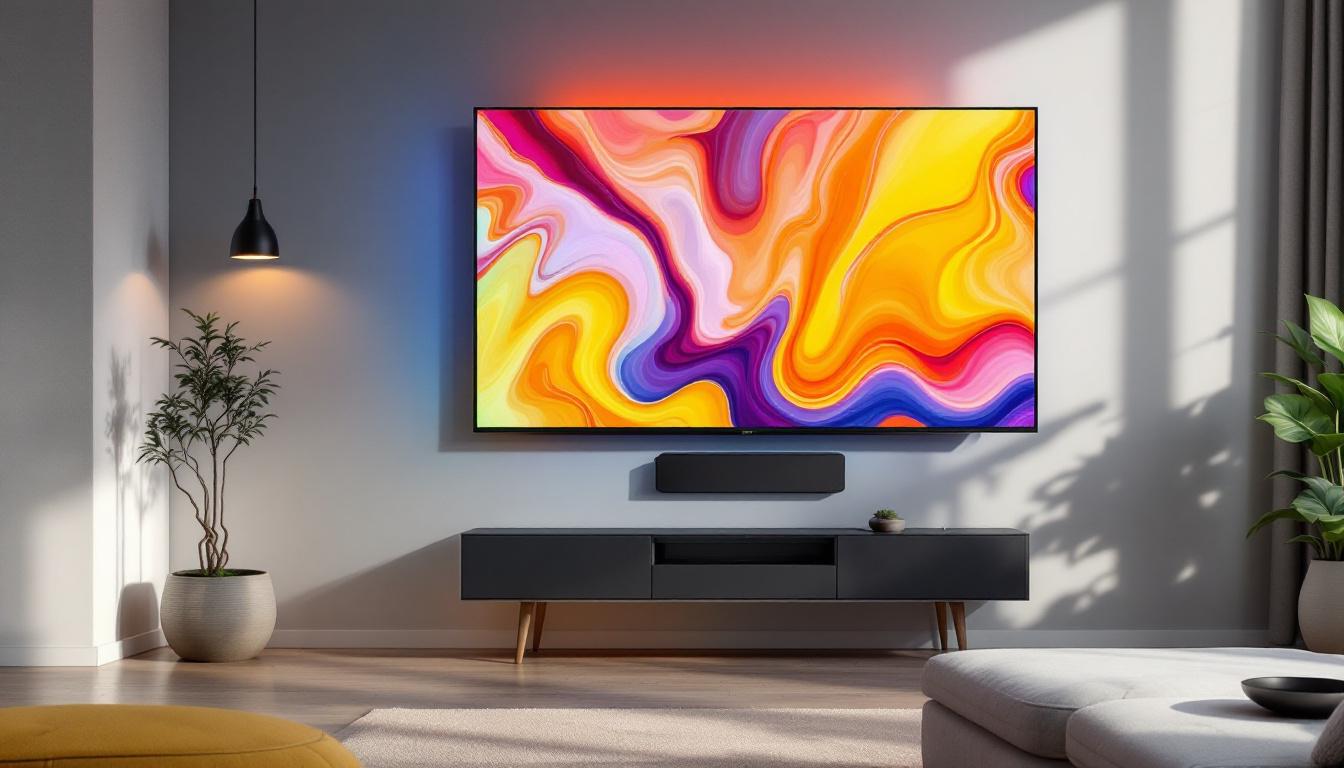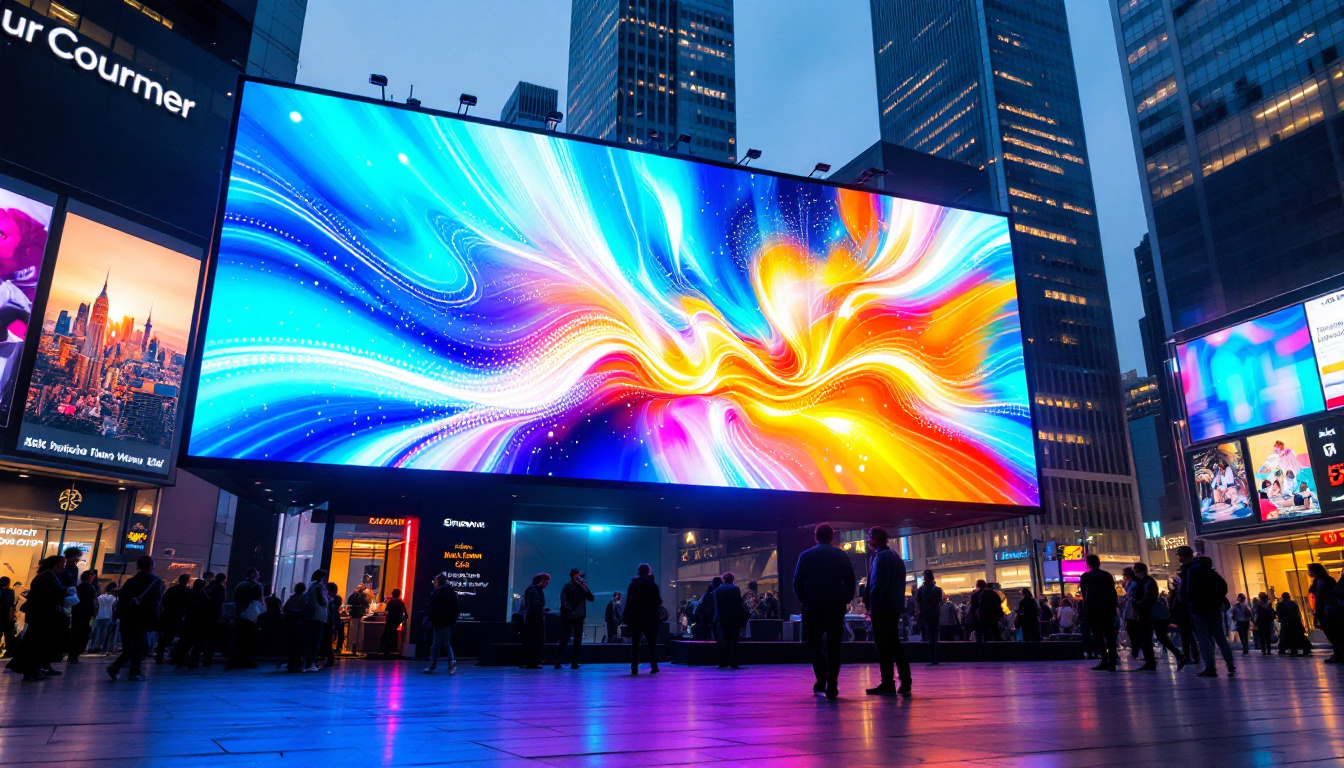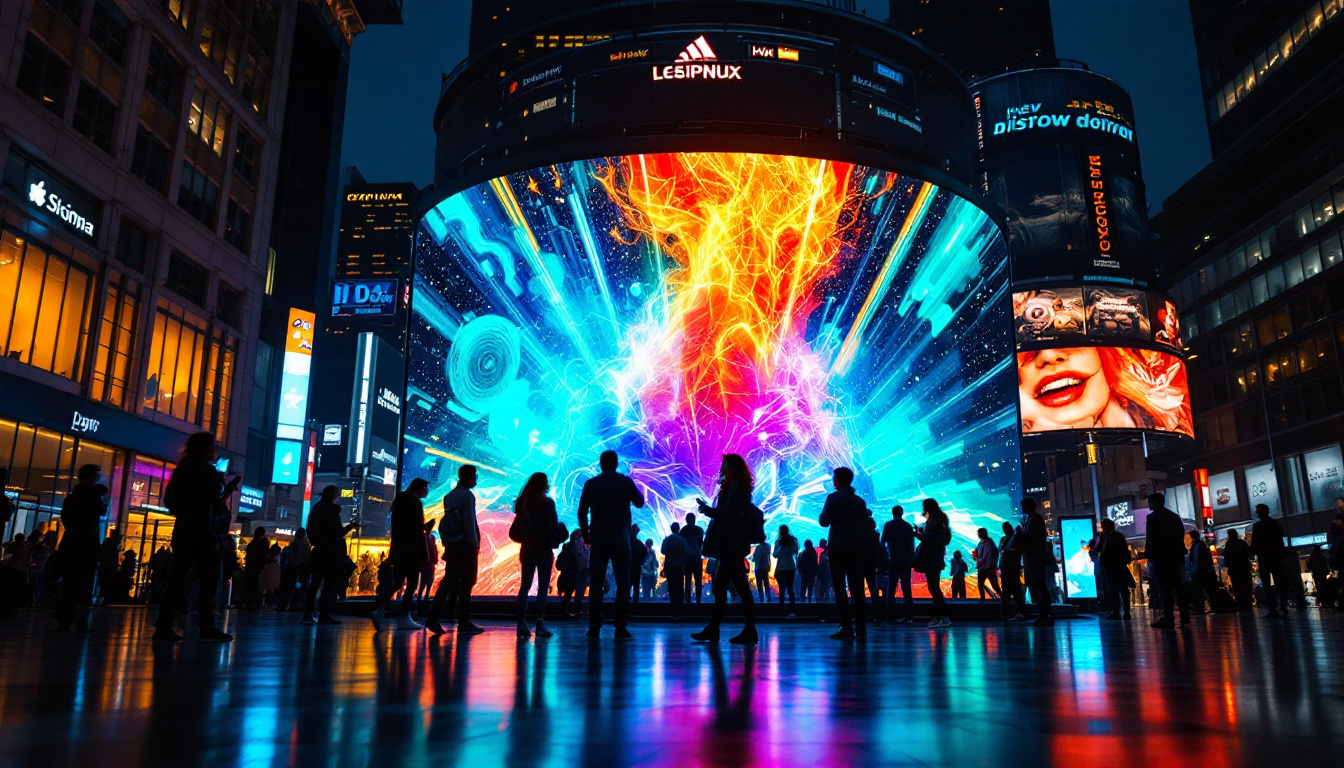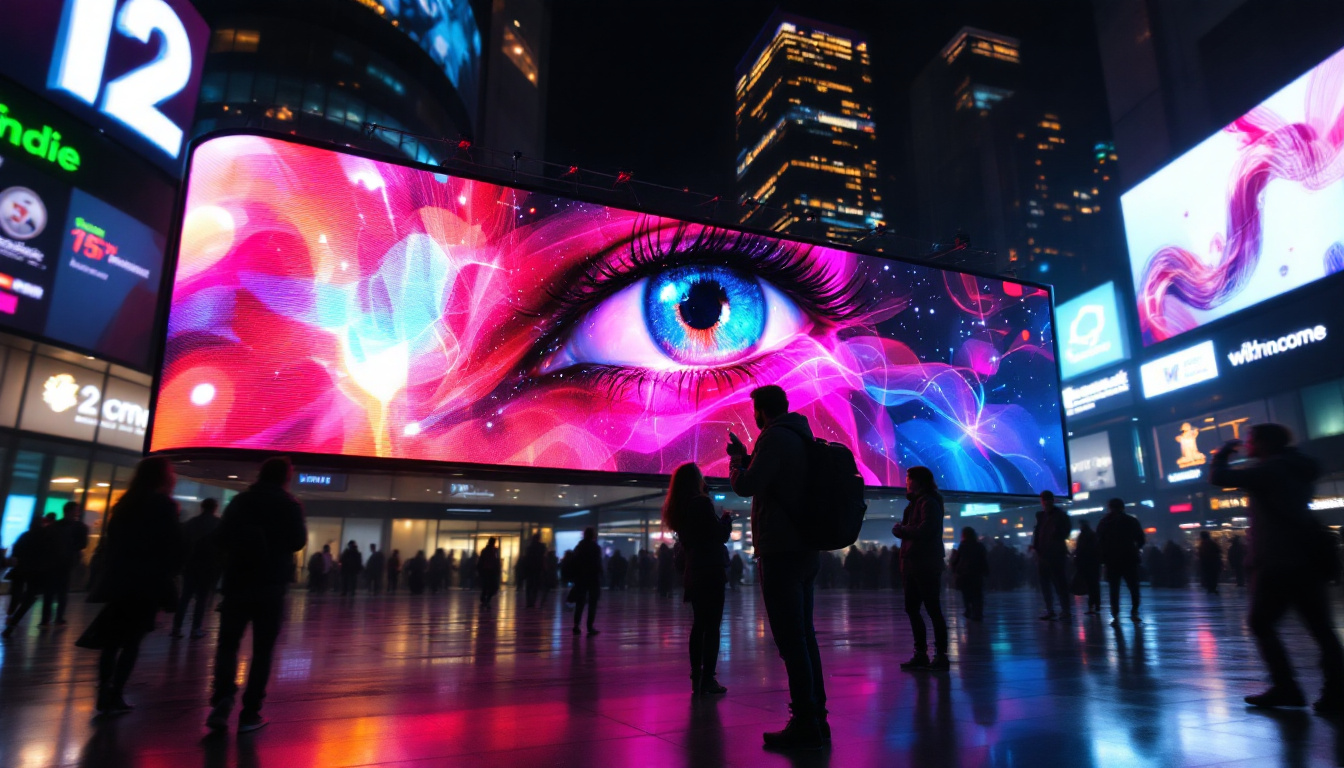In the modern digital age, LED displays have become ubiquitous, transforming how information is conveyed and consumed. From billboards to televisions, the versatility and efficiency of LED technology have made it a popular choice for various applications. This article delves into the intricacies of LED displays, exploring their functionality, advantages, and the innovative ways they are being utilized today.
Understanding LED Technology
Light Emitting Diodes (LEDs) are semiconductor devices that emit light when an electric current passes through them. The basic principle behind LED technology lies in electroluminescence, where a material emits light in response to an electric current. This phenomenon is what makes LEDs so efficient and long-lasting compared to traditional light sources. Unlike incandescent bulbs, which produce light through heat and are notoriously energy-inefficient, LEDs convert a higher percentage of energy into visible light, resulting in lower energy consumption and reduced heat output. This efficiency not only translates to cost savings on electricity bills but also contributes to a lower environmental impact, making LEDs a sustainable choice for lighting solutions.
The Components of an LED Display
An LED display is made up of numerous individual LED units, which can be arranged in various configurations to create images and text. The primary components include:
- LED Chips: These are the heart of the display, responsible for emitting light. Different colors are achieved by using various semiconductor materials.
- Driver Circuits: These circuits control the power supplied to the LED chips, allowing for precise brightness and color management.
- Control System: This component manages the data input and output, ensuring that the correct images and messages are displayed at the right times.
The combination of these components allows for high-quality images and vibrant colors, making LED displays suitable for various environments, from indoor settings to large outdoor displays. Furthermore, the modular nature of LED displays enables easy maintenance and upgrades; individual LED units can be replaced without needing to replace the entire display, ensuring longevity and cost-effectiveness over time. This adaptability is particularly beneficial for businesses that frequently update their advertising content or require dynamic displays for events and promotions.
Types of LED Displays
LED displays can be categorized into several types based on their application and technology:
- Direct View LED: These displays consist of individual LED modules that are directly visible to the viewer. They are commonly used in large outdoor advertising screens.
- LED Backlit LCD: This type uses LEDs to illuminate an LCD screen, improving brightness and color accuracy. It is prevalent in televisions and computer monitors.
- Organic LED (OLED): OLED displays use organic compounds to emit light, allowing for thinner screens and better contrast ratios. They are increasingly popular in smartphones and high-end televisions.
Each type has its unique advantages and applications, catering to different consumer needs and preferences. For instance, Direct View LEDs are particularly favored for their ability to produce bright, eye-catching visuals even in direct sunlight, making them ideal for outdoor advertising. In contrast, OLED technology offers superior color depth and viewing angles, enhancing the user experience in personal devices. As technology continues to evolve, we can expect to see even more innovative applications of LED technology, such as flexible displays and advancements in energy efficiency, further expanding the possibilities for both commercial and personal use.
Advantages of LED Displays
LED displays offer numerous benefits that contribute to their widespread adoption across various industries. Some of the most notable advantages include:
Energy Efficiency
One of the standout features of LED technology is its energy efficiency. Compared to traditional incandescent and fluorescent lights, LEDs consume significantly less power, resulting in lower energy bills and a reduced carbon footprint. This efficiency makes LED displays an environmentally friendly option, appealing to businesses and consumers alike. Furthermore, the ability to dim LEDs without losing color quality allows for even greater energy savings, particularly in applications where brightness can be adjusted based on ambient light conditions.
Long Lifespan
LEDs are known for their durability and long operational life. While traditional bulbs may last for a few thousand hours, LEDs can operate for tens of thousands of hours without significant degradation in performance. This longevity reduces maintenance costs and the frequency of replacements, making them a cost-effective solution in the long run. Additionally, the robust construction of LED displays makes them resistant to shock and vibration, further extending their lifespan and making them suitable for a variety of environments, from bustling city streets to industrial settings.
High Brightness and Visibility
LED displays are capable of producing bright images that are easily visible even in direct sunlight. This high brightness level makes them ideal for outdoor advertising and public information displays. Additionally, the clarity and vibrancy of colors enhance the overall viewing experience, making LED displays a preferred choice for many applications. The technology also supports a wide color gamut, allowing for more vivid and lifelike images that can capture attention more effectively than other display types. This capability is particularly beneficial in dynamic environments like concerts and sporting events, where engaging visuals are crucial for audience interaction and excitement.
Versatility in Design
Another significant advantage of LED displays is their versatility in design and application. They can be manufactured in various shapes and sizes, from large billboards to small screens for indoor use. This flexibility allows businesses to customize their displays to fit specific needs, whether it’s a curved screen for a unique architectural feature or a modular design that can be expanded as required. Moreover, advancements in technology have led to the development of transparent and flexible LED displays, opening up new possibilities for creative advertising and innovative product presentations. This adaptability not only enhances aesthetic appeal but also enables brands to stand out in competitive markets.
Improved Safety Features
LED displays also come with improved safety features compared to traditional lighting options. Since LEDs operate at lower voltages and generate less heat, the risk of burns or fire hazards is significantly minimized. This aspect is particularly important in crowded public spaces where safety is a primary concern. Additionally, many LED displays are designed with protective coatings that make them resistant to water and dust, further enhancing their safety and reliability in various environmental conditions. As a result, businesses can confidently install LED displays in a wide range of locations, knowing they can withstand the elements while providing consistent performance.
Applications of LED Displays
The versatility of LED displays allows them to be used in a wide range of applications. Below are some of the most common uses:
Advertising and Marketing
LED displays have revolutionized the advertising industry. Their bright, dynamic visuals capture attention more effectively than static billboards. Businesses can display promotional content, animations, and even live feeds, allowing for a more engaging customer experience. The ability to change content quickly and remotely also provides advertisers with flexibility and cost savings.
Entertainment and Events
In the entertainment sector, LED displays are used in concerts, sporting events, and festivals. Large LED screens provide audiences with clear visuals, enhancing the overall experience. Additionally, they can be used for stage backdrops, creating immersive environments that captivate viewers.
Public Information Displays
LED displays are commonly found in public spaces, providing essential information to the public. From transportation schedules at bus and train stations to emergency alerts in public areas, these displays ensure that information is conveyed quickly and efficiently. Their high visibility and durability make them ideal for such critical applications.
Challenges and Considerations
Despite the numerous advantages of LED displays, there are certain challenges and considerations that users should be aware of:
Initial Cost
While LED technology offers long-term savings, the initial investment can be higher than traditional display technologies. This upfront cost may deter some businesses from making the switch, particularly smaller enterprises with limited budgets. However, it is essential to consider the long-term benefits and savings when evaluating the overall cost.
Heat Management
LEDs generate heat during operation, which can affect their performance and lifespan if not managed properly. Adequate cooling systems and ventilation are necessary to ensure that the displays operate within safe temperature ranges. This consideration is particularly important for large installations where heat buildup can be significant.
Color Calibration
Maintaining color accuracy across an LED display can be challenging, especially in larger installations where individual LED units may have slight variations in color output. Regular calibration is necessary to ensure consistent color representation, which is crucial for applications such as advertising and broadcasting.
The Future of LED Displays
The future of LED display technology looks promising, with ongoing advancements and innovations on the horizon. Some of the trends shaping the future include:
MicroLED Technology
MicroLED is an emerging technology that promises even greater efficiency and performance. By using smaller LED chips, MicroLED displays can achieve higher pixel densities, resulting in sharper images and better color accuracy. This technology is expected to gain traction in high-end televisions and commercial displays in the coming years.
Flexible and Transparent Displays
As technology advances, the development of flexible and transparent LED displays is becoming a reality. These displays can be integrated into various surfaces, offering new possibilities for advertising and design. Imagine storefronts with transparent displays that showcase products while maintaining visibility into the store itself.
Integration with Smart Technology
The integration of LED displays with smart technology is another exciting trend. With the rise of the Internet of Things (IoT), LED displays can be connected to various devices and systems, allowing for real-time data updates and interactivity. This capability opens up new avenues for marketing, information dissemination, and user engagement.
Conclusion
LED displays have transformed the way information is presented and consumed, offering a range of benefits that make them an attractive option for various applications. Their energy efficiency, long lifespan, and high visibility have solidified their place in advertising, entertainment, and public information. While challenges remain, ongoing advancements in technology promise to enhance their capabilities further.
As industries continue to embrace LED technology, the future holds exciting possibilities. From MicroLED and flexible displays to smart integrations, the evolution of LED displays is set to redefine how we interact with visual content. Embracing this technology not only enhances communication but also contributes to a more sustainable and visually engaging world.
Discover LumenMatrix’s Innovative LED Solutions
Ready to elevate your visual communication with cutting-edge LED technology? LumenMatrix is at the forefront of LED display innovation, offering a diverse range of solutions tailored to your unique needs. From captivating Indoor and Outdoor LED Wall Displays to dynamic Vehicle and Sports LED Displays, and even Custom and All-in-One solutions, LumenMatrix has the expertise to bring your vision to life. Experience the future of digital signage with our LED Transparent Displays and more. Check out LumenMatrix LED Display Solutions today and transform your space into a visually stunning experience.

